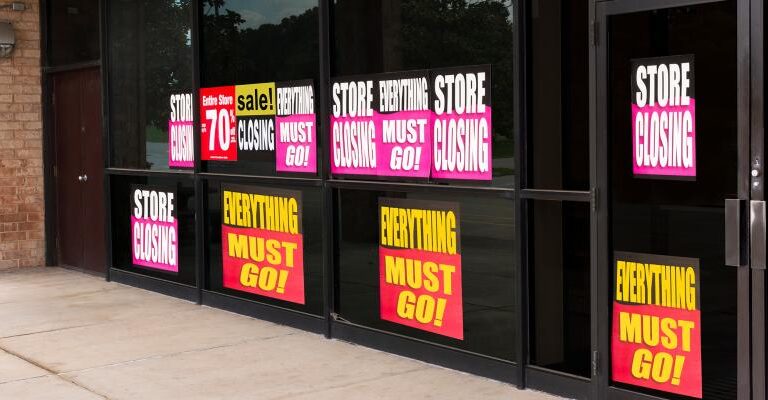Whether values and returns will increase or decrease going forward is difficult to say at this point.
Murray Grenville & Jeffrey D. Fisher
Price discovery in the private real estate market is always a challenge when there is a sudden change in the market as we have now with COVID-19. As happened during past recessions, the number of transactions activity declines to the point where it is a challenge for appraisers to find “comparable sales” to value the property. Capital flows to the commercial real estate sector as tracked by Real Capital Analytics are below levels in 2018. Similarly, capital flows into open end funds tracked by the National Council for Real Estate Investment Fiduciaries (NCREIF) is in negative territory as shown in Exhibit 1.
There are other “approaches” that appraisers can use such as the cost to develop a comparable property and a discounted cash flow analysis. But each of these are also a challenge in the current market. The replacement cost of a property isn’t very meaningful if rent levels aren’t enough to justify new construction which is likely true for many retail investments in the current market and may apply to the other property sectors as well. This means that there is an “economic depreciation” that would have to be applied to the replacement cost which is hard to estimate without again knowing what investors are willing to pay for a property relative to its replacement cost.
The income approach to valuation, usually done by a discounted cash flow analysis, requires an estimate of future income. With many tenants not paying rent and attempting to renegotiate leases in the current market, it is more of a challenge to project future income in the current market. This approach also requires knowing what rate of return investors will require to buy a property given the current uncertainty about future rents. It appears that there is more of a risk premium in the required return than before the pandemic, but with limited investor activity, it is again difficult to know what rate will attract investors. The spread of capitalization rates over BAA bonds is currently at the highest level since before the financial crisis. (See Exhibit II)
When the commercial real estate market activity slows and there are less transactions, we often see a disparity between what is happening to the value of publicly traded real estate (REITs) and values in the private real estate market as measured by appraisal-based indices like the NCREIF Property Index (NPI). Some will argue that this means the public market values are correct because the private market values have so called “appraisal lag.” But just because there are transactions of REIT shares in the stock market, does that mean these are the correct values?
The NCREIF Property Index (NPI) which tracks about $700 billion of commercial real estate held by institutional investors showed a decline in value this quarter and negative returns as expected. For the entire portfolio of properties in the index, the quarterly unleveraged return was 0.27 percent in the quarter ending in March of this year, then dropped to a negative 0.99 percent in the second quarter followed by a recovery to 0.74 percent in the quarter ending September 30. In contrast, during the same three quarters publicly traded REITs in the NAREIT index had returns of negative 23.44 percent, a 13.25 percent and 1.19 percent. Did underlying property values really fluctuate that much over these three quarters or did REITs over-react when COVID-19 first rattled markets and REITs were swept down and back up by the same tide that affected the overall stock market? (See Exhibit III)
Clearly in the long run we would expect REIT prices and returns to reflect the value of the underlying real estate. But from quarter to quarter, there can be significant differences in the perceptions and motivations of the marginal investor in private vs. public markets. It isn’t that the real estate itself has a different value in the private market versus the public market. But REIT prices can sell at premiums or at discounts to the underlying real estate value. At this point, it seems clear that commercial real estate values have fallen, but it may be several quarters if not longer until we have a clearer picture by how much. There will also be different impacts on different property types and geographic areas that need to be sorted out. The impact of COVID-19 on the returns for the different sectors within the NPI were quite different this quarter with hotel being the hardest hit followed by retail which had turned negative last quarter. In contrast, industrial warehouse returns remained positive although down from the prior quarter.
Whether values and returns will increase or decrease going forward is difficult to say at this point. We are likely to bounce around current return levels for a few quarters. The cause of this recession is quite different from previous ones and only time will tell how things turn out this time. In any case, the measure of what the impact of the recent economic events is having on values for private real estate markets should be based on evidence from appraisers who consider what the typical private market investor is willing to pay for properties. What investors are willing to pay reflects their assessment of the risks and required returns for investing in the private market relative to other investment alternative including the public market. But they are estimating a value for the real estate regardless of who owns it.






